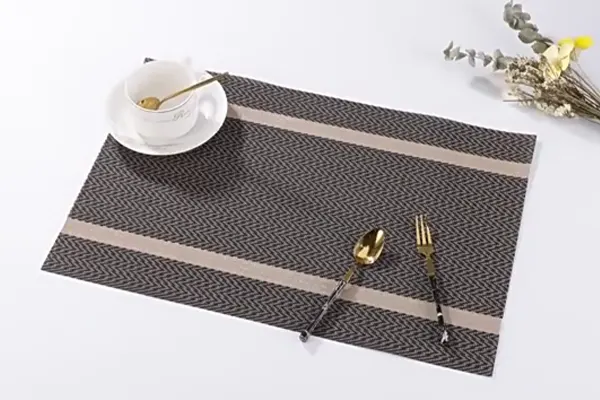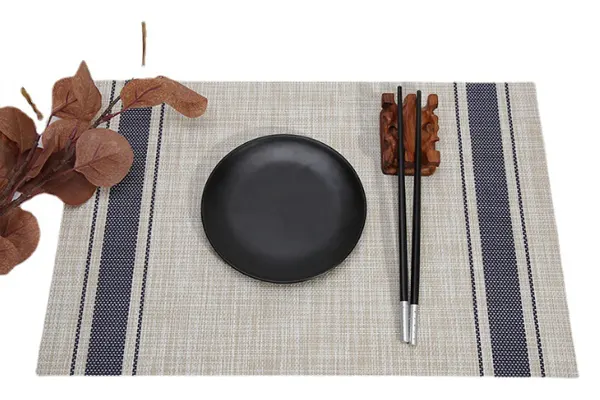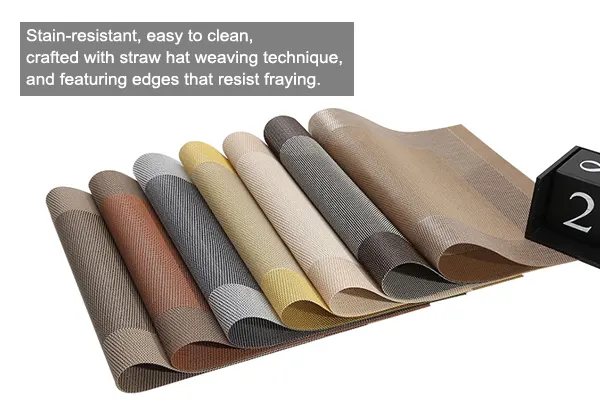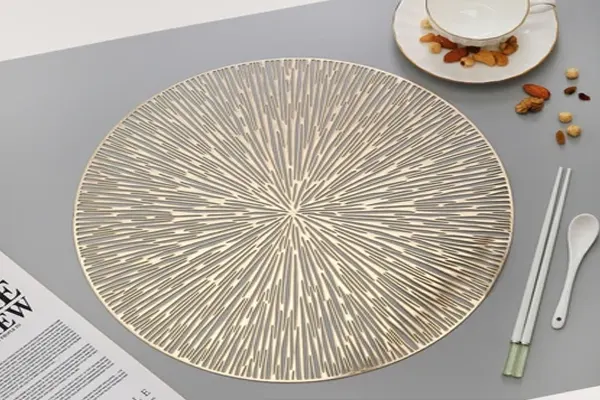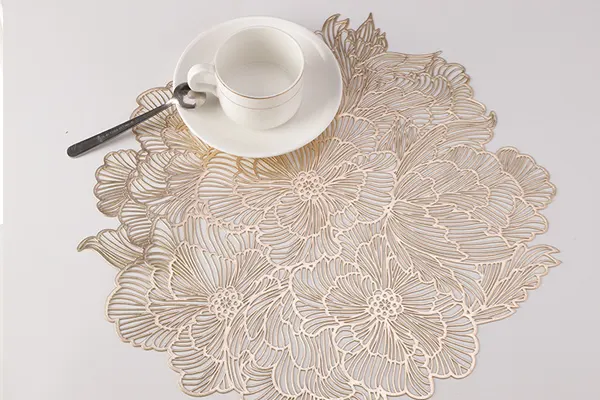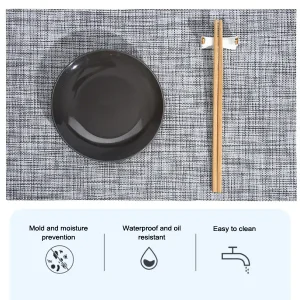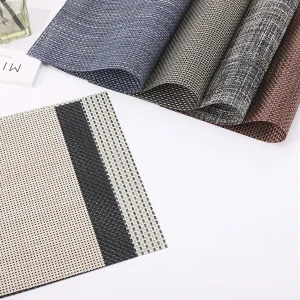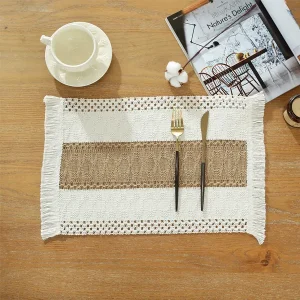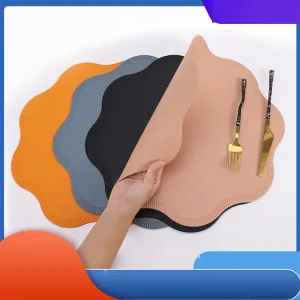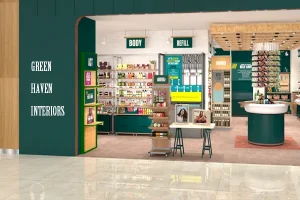What certifications should PVC placemats have for import into the EU or US?
Introduction
When importing PVC placemats into the European Union (EU) or the United States (US), manufacturers and importers must navigate complex regulatory and certification environments to ensure compliance with safety, environmental, and consumer protection standards. As a leading PVC placemat manufacturer in China, we have successfully expanded our market in the European Union and the United States. In this article, I will share with you the basic certifications and standards that PVC placemats must comply with when imported into the European Union and the United States, reducing unnecessary trouble for your placemat import business.
1、 What are the certification requirements for PVC placemats in the European Union?
1. CE mark
2. Declaration of Compliance for Food Contact Materials (DoC)
PVC placemats often come into indirect contact with food, which makes them subject to the EU Regulation (EC) No 1935/2004 on food contact materials. This regulation requires that food contact materials shall not transfer harmful substances into food. Importers of placemats must provide a Declaration of Compliance (DoC). DoC must be supported by laboratory test reports from certification bodies to verify that PVC does not release harmful substances such as phthalates or heavy metals beyond allowable limits. As a manufacturer, we ensure that our PVC placemats undergo rigorous testing to meet these standards, and if you need them, we will provide them free of charge.
3. REACH compliance
4. RoHS Directive (optional)
5. Textile labels (if applicable)
2、 What are the certification requirements for PVC placemats in the United States?
1. FDA compliance for food contact
In the United States, PVC placemats that may come into contact with food are regulated by the Food and Drug Administration (FDA) under the Federal Food, Drug, and Cosmetic Act. Title 21 of the Federal Regulations of the US Food and Drug Administration outlines the requirements for food contact substances, including plastics such as PVC. PVC manufacturers must provide a warranty or test report confirming that PVC placemats comply with US Food and Drug Administration standards (e.g. 21 CFR 175-178 for indirect food additives). Our PVC placemats have been tested and certified by the US FDA to ensure their normal entry into the US market for sale.
2. CPSIA compliance
3. Complies with Proposal 65
Proposition 65 in California requires products sold in the state to carry a warning if they contain chemicals known to cause cancer or reproductive damage. PVC placemats containing certain phthalates or heavy metals need to be labeled with a Proposition 65 warning label unless testing confirms that their content is below the state’s threshold. As a top PVC placemat manufacturer in China, our placemat products are free from any toxic substances. Please feel free to purchase with confidence.
3、 How can we support meal mat importers and wholesalers to expand their business?
As a leading PVC placemat manufacturer, we not only offer various types of high-quality PVC placemats, but also actively provide various exclusive services to reduce the problems you may encounter when importing PVC placemats. The following related services we can provide for you:
- Comprehensive certification support: We provide DoC, FDA compliance letters, CPSIA certificates, and REACH testing reports for your target market.
- Customized solutions: From the design of placemats to material selection, we create PVC placemats that meet regulatory and aesthetic requirements.
- Provide the necessary documents for customs clearance: We provide accurate customs documents, including HTS codes and EORI compatible paperwork, to facilitate quick customs clearance for you.
Conclusion
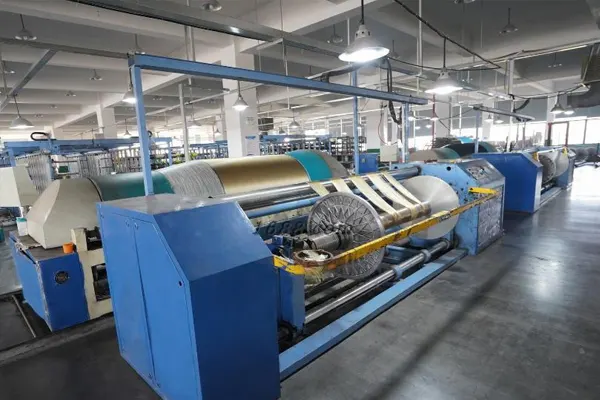
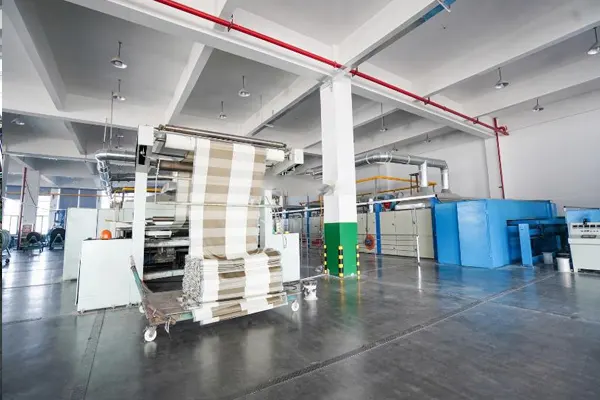

Latest placemats
Cooperation Cases
Explore more meal mat solutions
Are you ready to start your meal mat procurement journey?
Are you ready to start your meal mat procurement journey?
We will provide perfect solutions and competitive quotations based on your procurement needs, including material, quantity, logo customization, and other factors

